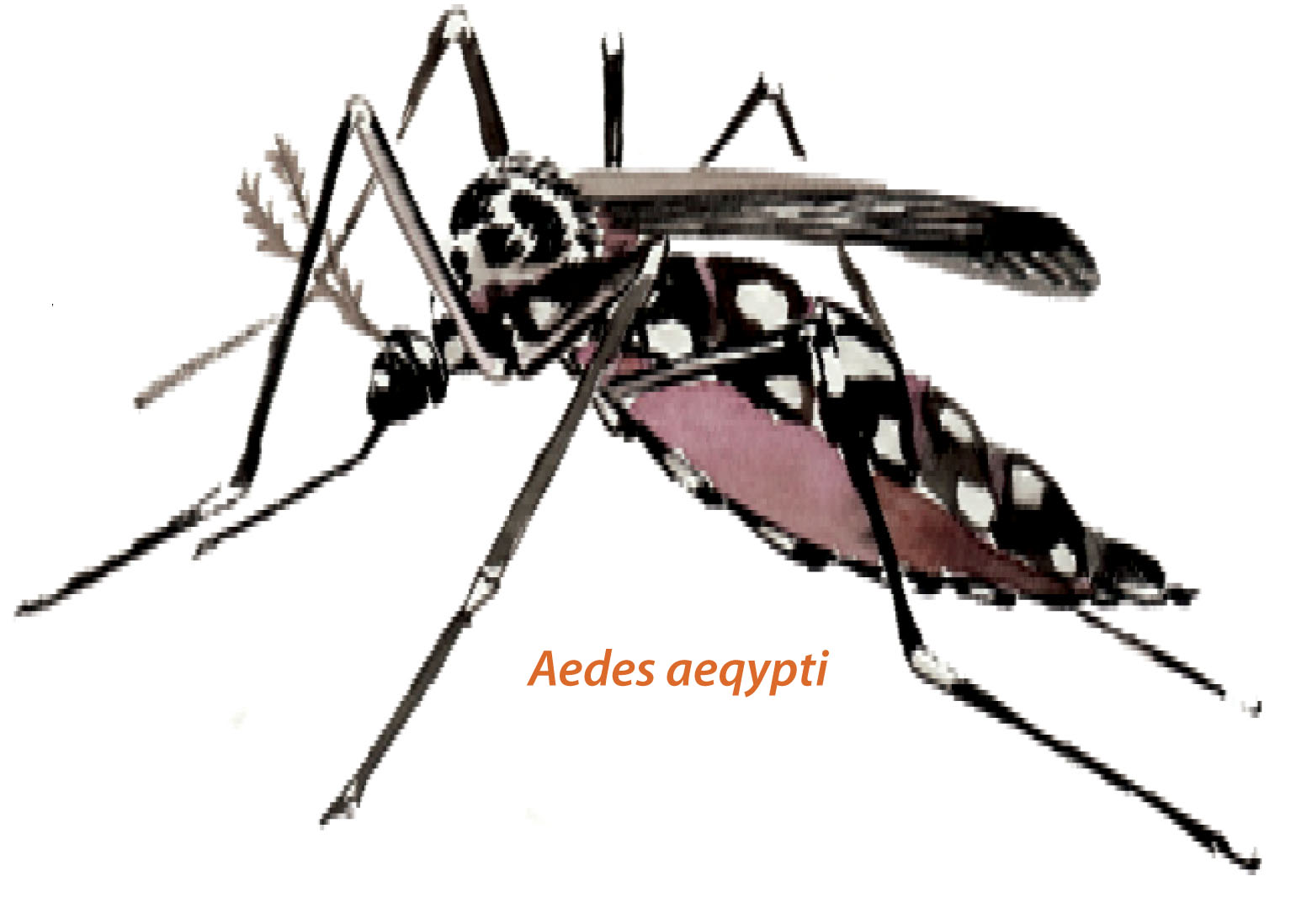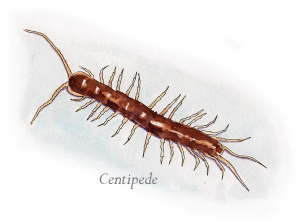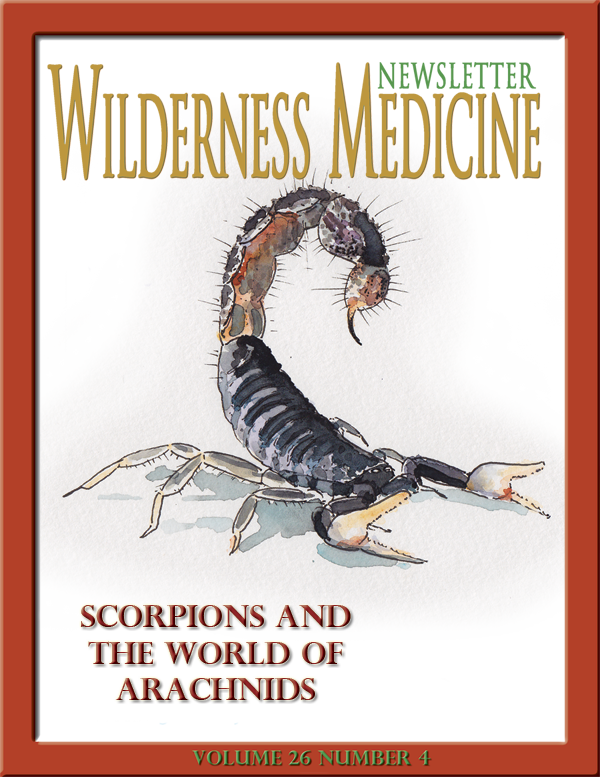CHIKUNGUNYA
 ISSN-1059-6518 Volume 27 Number 1
ISSN-1059-6518 Volume 27 Number 1
Makonde for “that which bends up”
Chikungunya is NEW to the Caribbean Islands
By Frank Hubbell, DO
Haiti: A 19-year old female presents at a rural clinic with a high fever, 104F, a fine, erythematous rash on her feet and lower legs that does not blanch with pressure, and body aches and pains, that have been quite painful for the past 4 days.
The remainder of her physical exam is normal.
Living in a rural community, she does not have screens on her windows, and she does not sleep under mosquito netting. As a result, she is commonly bitten by mosquitos.
Recently, there has been an outbreak of both dengue and chikungunya in the area.
CHIKUNGUNYA
A single-stranded RNA virus of the Genus Alphavirus, Family Togaviridae,
the virus targets the cells that make up blood vessels. It is the destruction of these cells that causes the bleeding into the skin and the non-blanching hemorrhagic rash, thus the name hemorrhagic fever.
The reservoir in nature is primarily humans.
The vector that spreads the virus from infected human to human is the Aedes mosquito; A. aegypti and A. albopictus.
The Aedes mosquito can also spread:
Dengue – infects blood vessels- hemorrhagic
Eastern Equine Encephalitis – infects the brain- encephalopatic
West Nile Virus – infects the brain- encephalopatic
Yellow Fever Virus – infects blood vessels- a lethal hemorrhagic illness



